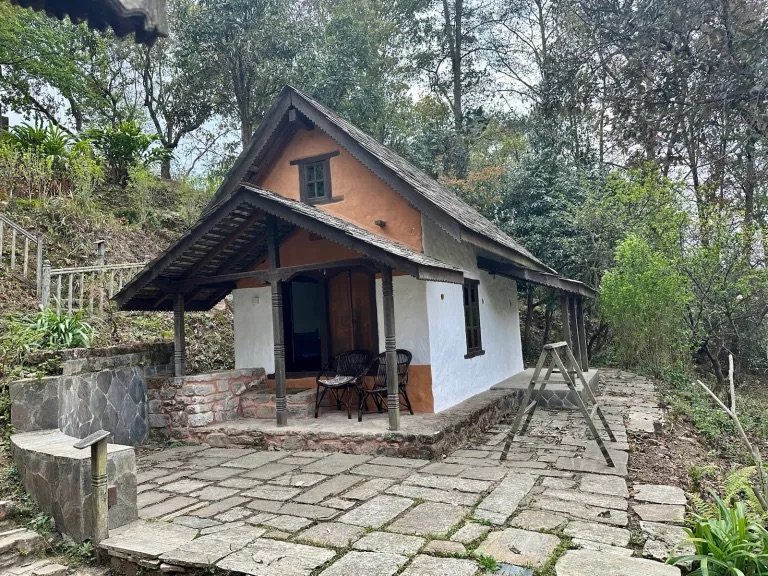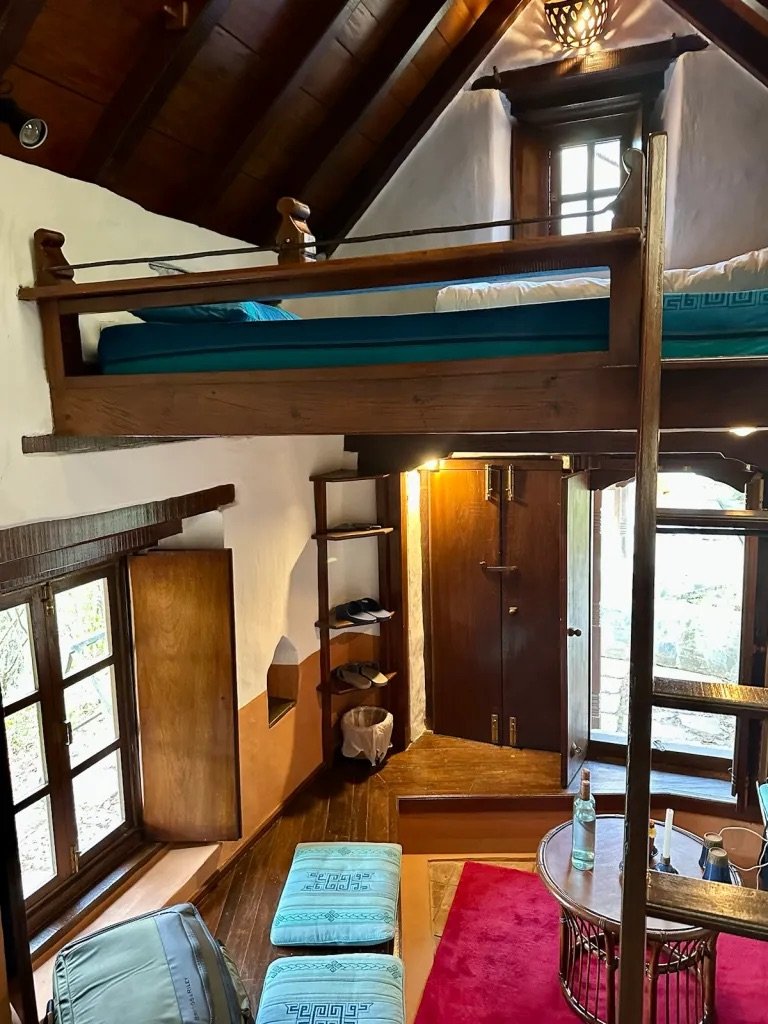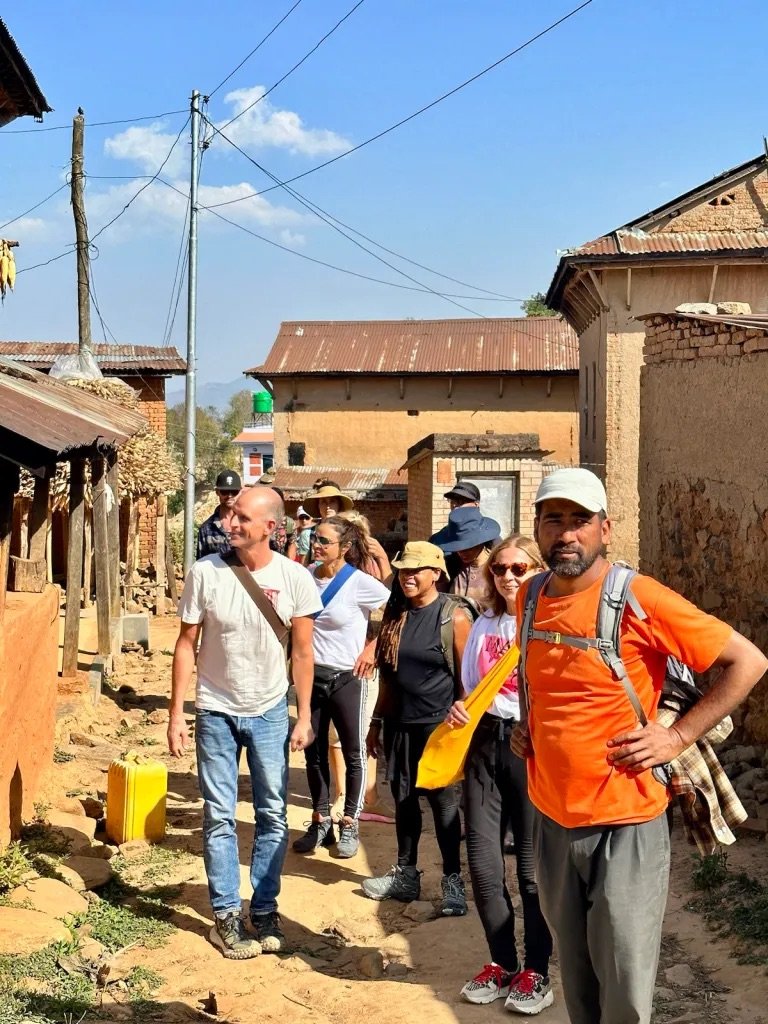Jeff’s Blog #6: Namo Buddha
Alongside Swayambhunath and Boudhanath, Namo Buddha is one of Katmandu’s 3 most important stupas.
Also sacred to Hindus, it is of even greater importance to Buddhists as the location where hundreds of years before his birth an early incarnation of Lord Buddha demonstrated an unselfish act of great kindness by feeding his body to a starving tigress and her 5 cubs.
According to legend, three sons of a King who ruled a large town in the area, were traveling through the jungle when they came upon a starving tigress with her 5 cubs.
One of them, Prince Mahahridaya, asked his brothers why the tigress was so weak and they replied she was weak and thin due to the lack of food. The prince, whose remains are housed in the stupa, demonstrated incredible selflessness when he took his sword and started feeding the hungry tigers by slicing off strips of his flesh which led to his death.
Hundreds of years later when Lord Buddha came to the area, after receiving enlightenment, he revealed to his disciples that he had sacrificed his life at that spot in an earlier incarnation. The act is commemorated by the idol of the “Sacrifice to the Tigress” where pilgrims and devotees offer worship and light oil lamps in reverence.
Located in the hills just outside the Katmandu valley the area is absolutely idyllic. We spent 3 glorious days at the Namo Buddha Resort one of the most tranquil and peaceful places I have ever experienced.
The resort is built in traditional Newari style consisting of a dozen or more small cabins or huts surrounded by organic vegetable gardens, fruit orchards, flower gardens and forest.
It was built by Rudi and Ingrid Holscher who bought the hilltop in 1991. The property was taken over by Maoist rebels during Nepal’s 10-year civil war so it was not opened as a resort until 2007. Interestingly the peace accord of 2005 was negotiated on the grounds of the resort.
The place is so lovely, peaceful and tranquil. My little hut was adorable, comfortable and fun. Ingrid manages the resort with a team of 30 serving amazing vegetarian meals all prepared from the resort’s recipes with ingredients grown in the resort’s organic gardens, incredible salad greens, vegetables, fruits, even avocados, homemade jams and artisan bread baked daily in the resort’s wood fired oven.
Every day beginning at 6:30 AM, we had mediation followed by yoga practice in the resort’s shala. But I found myself, along with many of my fellow pilgrims, arising at 5:30 so not to miss the incredible sunrises over the Himalayas and the Katmandu Valley.
And each day we had a great hike to nearby villages in the surrounding hills, one day to the magnificent Thrangu Monastery, which hosts some 250 monks.
And pre-dinner sangha and meditation sessions in the shala where we shared our thoughts and experiences and explored the connections between Patanjali and Buddhism.
We were all sad when the day of our departure arrived too soon but our spirits brightened when on our way back to Katmandu, we stopped to see the Kailashnath Mahadev Statue, the worlds tallest statue of Shiva, at 144 feet is nearly as tall as the Statue of Liberty. And Bhaktapur Durbar Square which like Patant Durbar Square was an independent Kingdom until the end of the 18th Century.







